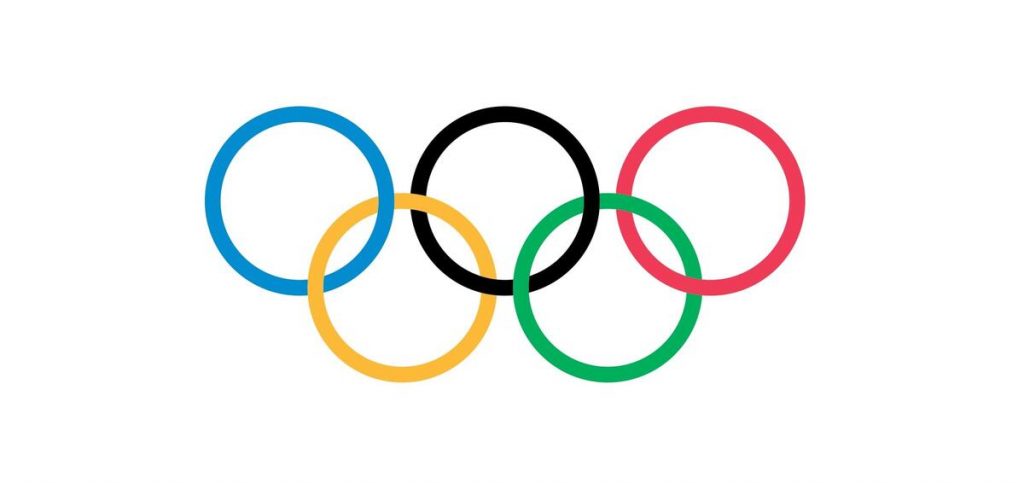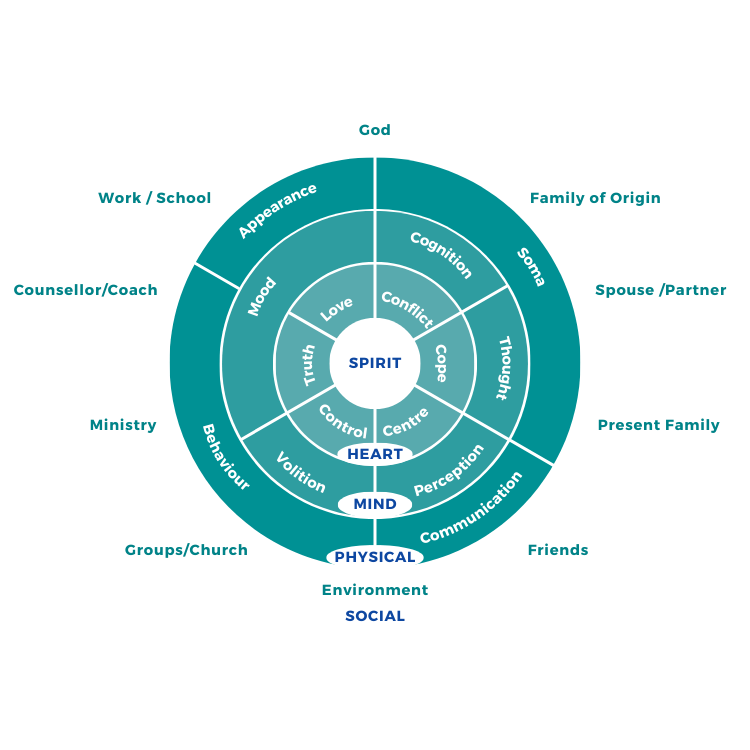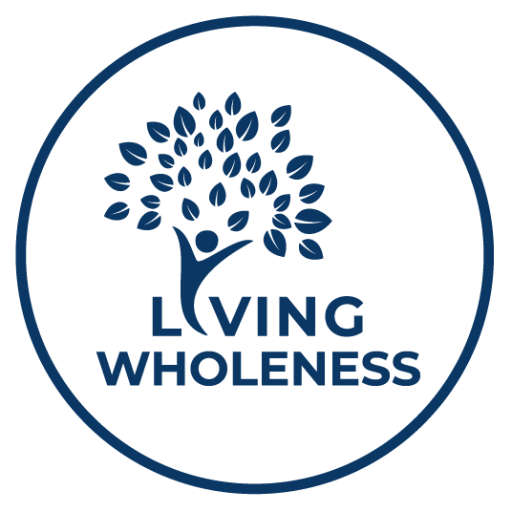The Circles
The Circles
By Claire Wadsworth
I am wondering if watched any of the 2024 Paris Olympic. Games? The Olympic rings are one of the most recognizable symbols in the world, representing the Olympic Games and the values they embody. Designed by Pierre de Coubertin in 1913, the rings symbolize the union of the five inhabited continents of the world and the meeting of athletes from around the globe. Their interlocking-coloured rings stand for unity, peace, solidarity and friendship across all nations and peoples.


I am wondering if watched any of the 2024 Paris Olympic. Games? The Olympic rings are one of the most recognizable symbols in the world, representing the Olympic Games and the values they embody. Designed by Pierre de Coubertin in 1913, the rings symbolize the union of the five inhabited continents of the world and the meeting of athletes from around the globe. Their interlocking-coloured rings stand for unity, peace, solidarity and friendship across all nations and peoples.
Pierre de Coubertin introduced the Olympic motto, “Citius, Altius, Fortius,” Latin for “Faster, Higher, Stronger.” This phrase embodies the relentless pursuit of excellence and the drive to surpass limits. Similarly, the circles of Christian Wholeness Framework challenge us to strive for spiritual and personal growth, urging us to reflect on Christ as our example. They prompt us to examine areas for improvement and to explore the underlying beliefs we hold about ourselves, fostering a continuous journey toward Christ-centredness.
The five interconnected circles—Social, Physical, Mind, Heart, and Spirit—symbolize the holistic nature of human existence, illustrating that we are a unified being comprised of various interdependent aspects. These dimensions of our being are shaped and coloured by factors such as age, gender, and culture, which together contribute to each one’s uniqueness. This concept aligns with the biblical passage from Psalm 139:13-14: “For you formed my inward parts; you knitted me together in my mother’s womb. I praise you, for I am fearfully and wonderfully made. Wonderful are your works; my soul knows it very well.” This verse underscores the idea that each person is a distinct creation, meticulously crafted by God, akin to a one-of-a-kind artwork. It suggests that every aspect of our being, from our physical form (Physical Circle) to our thoughts and feelings (Mind Circle), and our deep sense of ourselves (Heart Circle) has been intentionally designed. In this view, human diversity is not merely a product of biological or cultural differences but is also a reflection of divine intentionality, where every individual is thoughtfully and wonderfully made.
The journey of life can be likened to a race, one in which we are not alone but surrounded by spectators who encourage and support us, (Pyramid and Social Circle). This prompts a critical reflection: Are we spiritually fit for this race, or are there aspects of our lives that burden us and make the race more challenging? (Heart and Mind Circles)
Hebrews 12:1-2 provides a pertinent exhortation: “Therefore, since we are surrounded by so great a cloud of witnesses, let us also lay aside every weight, and sin which clings so closely, and let us run with endurance the race that is set before us, looking to Jesus, the founder and perfecter of our faith.” This passage emphasizes the need to discard the spiritual and moral encumbrances that hinder our progress, directing our focus towards Christ, (Spirit Circle) who is central to our faith and the ultimate guide in our life’s journey. In this context, some essential questions arise: Who governs our lives? (Control) Who or what occupies the central position in everything we do and are? (Centre). From where or from whom do we obtain our sense of value and worth? (Love). This evaluation is vital for determining the direction and success of our race, as it challenges us to examine the forces and values that influence our decisions and actions, and our very identity. Spiritual fitness and the alignment of our lives with Kingdom values are crucial for running the race of life with endurance and purpose (Heb 12:1).
Reflection: Engage in an honest self-assessment by completing your own circles. Reflect on what God is revealing to you about your true self. Consider whether any aspect of your life is misaligned with His identity and purpose for you. If discrepancies exist, consider the changes necessary to cultivate beliefs and behaviours that are more Christlike, seeking a deeper alignment with His teachings and example. “Let us then with confidence draw near to the throne of grace, that we may receive mercy and find grace to help in time of need” (Heb 4:16)


